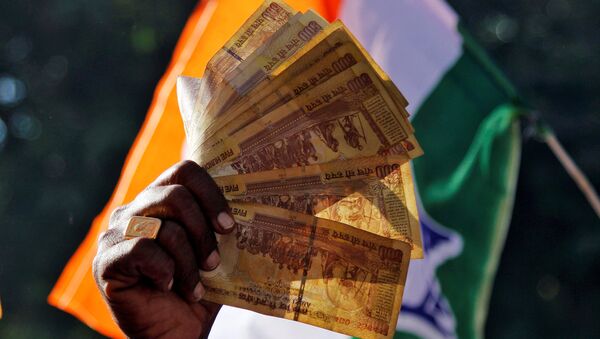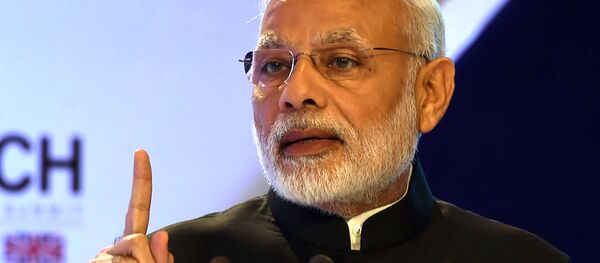"[The] Composite Leading Index for India for early 2017 has slumped to the lowest level since the series started in 1996 and is consistent with GDP growth of below 6 per cent. This suggests that there is downside risk to our Q1 GDP growth projection of 6.9 per cent year-on-year, i.e., near-term growth may fall much more than expected," reads a note of the global Japanese brokerage firm Nomura.
However, Nomura says that impact of demonetization is likely to be transitory. Similar views were presented by board member of India's Central Bank RBI.
"There is uncertainty about the short-term impact of the decision to withdraw the legal tender status of ₹500 and ₹1000 denomination bank notes on the macro-economy, although the impact is likely to be transitory. I, however, don't see any significant downside risks to the medium-term growth prospects of the economy. However, there are other uncertainties as well, especially the oil price situation and geo-political situation," said the RBI Deputy Governor R Gandhi.
Claims made by economists and agencies are indicative in macro-economic data as well. Nikkei purchasing managers' index signals a contraction in the key services sector. Car purchases grew at the slowest pace in nine months in November while commercial credit off-take slowed down to lowest in last 19 years. Employment outlook scenario dims across sectors. Taiwanese smartphone manufacturer Foxconn had asked one-fourth of its factory workers to go on a two-week paid leave while automobile manufacturers have slowed down production that costs job of thousands casual factory workers. Gems and jewelry sectors are reporting closing down of approximately 2,000 factory in western state of Gujarat due to cash crunch.
RBI has claimed that it supplied $89.1 billion in new currency notes since November 10. This is only about 40 per cent of the value of demonetized currency government announced to scrap on November 8 this year.




